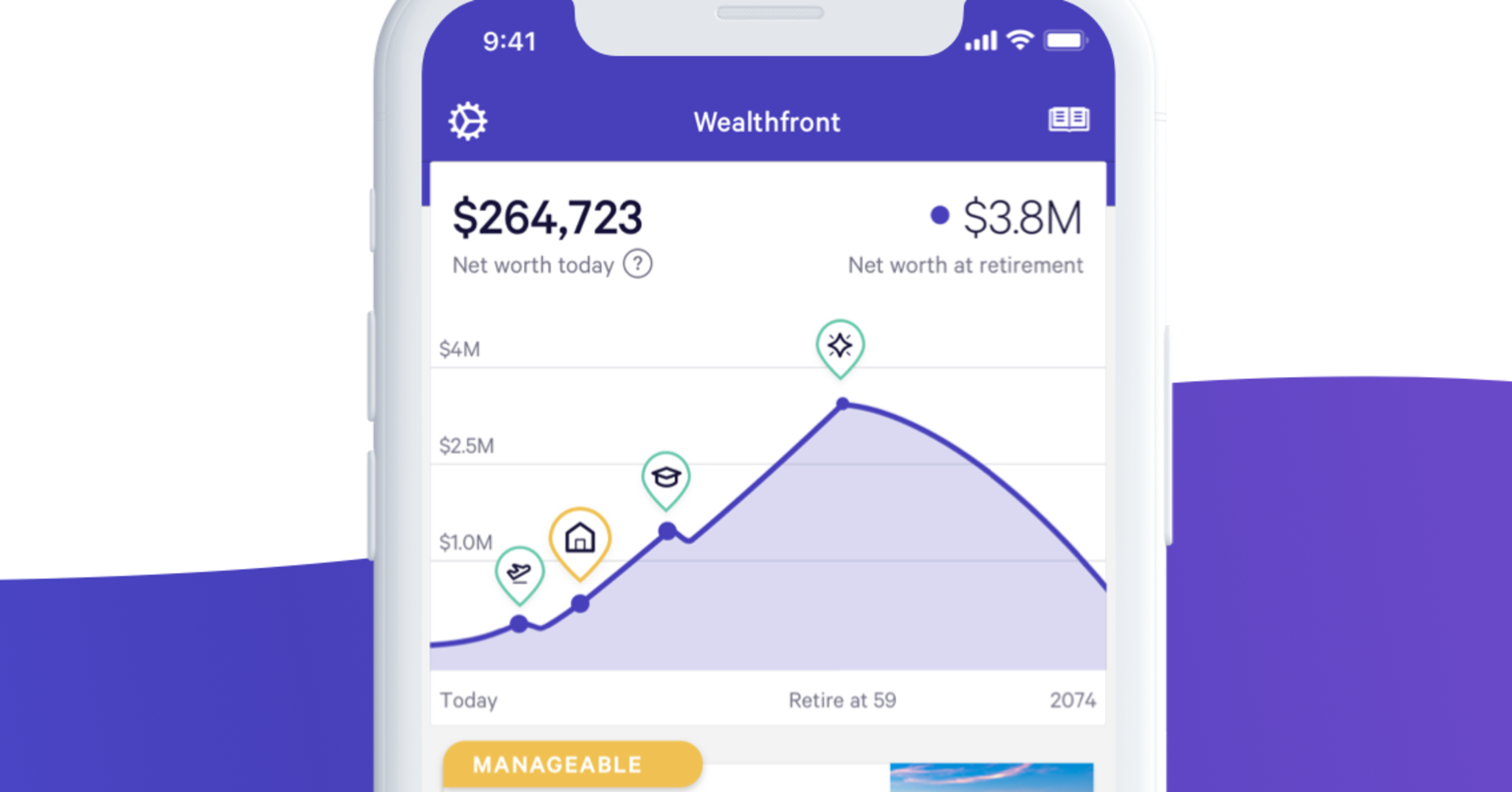
Customers in search of yield are piling into Wealthfront’s new cash accounts.
The company, which started as an automated wealth advisor, unveiledthe account offering in February with a higher-than-average 2.24 percent interest rate. In the months that followed, Wealthfront ushered in $1 billion in customer deposits, the company announced Tuesday.
Because of what it said was a sooner-than-expected billion-dollar milestone, Wealthfront is raising interest rates on those accounts to 2.29 percent.
“Once we passed $1 billion dollars in deposits, we were able to get cost savings and pass that directly down to our clients,” Wealthfront founder Dan Carroll told CNBC in a phone interview. “You really have to go above and beyond to actually earn clients’ trust in the banking system.”
That new rate puts Wealthfront’s rate above some notable options in the industry.
Goldman Sachs’ consumer banking arm Marcus offers a 2.25 percent yield on its savings account. Ally Bank and Barclays have a high-yield offering that kicks back 2.2 percent. Meanwhile, the national average on checking accounts stands at a .08 percent rate, according to the latest data from Bankrate.com. Money market accounts return an average .21 percent.
In the case of Wealthfront, the assets aren’t actually held with the company. Like many of its financial start-up peers, the company works with FDIC-insured partner banks to hold customers’ deposits. Wealthfront partners with East West Bank, New York Community Bank, and others and because they use multiple bank partners, said deposits are insured up to $1 million.
The decade-old fintech company, which said it now manages $13.5 billion in customer assets, began with free financial planning, investment management and lending through its portfolio line of credit. The cash account is meant to complement those planning and investing programs. Wealthfront told CNBC it plans to launch direct deposits and a debit card by the end of this year.
Carroll said the flood of deposits came from existing customer and an “encouraging” amount of new users who “had enough” with their existing banks and low interest rates.
“As fintech and client-friendly companies come into the banking space there’s been a rude awakening,” Carroll said. “Consumers are fed up.”
Carroll and his co-founder Andy Rachleff, who also co-founded well-known investing firm Benchmark Capital, are betting on tech-savvy millennials who don’t want human interaction in their banking experience. The two are modeling the company after viral technology names like Netflix, instead of more obvious comparisons like Charles Schwab.
All of this hinges on its customers trusting computers. Wealthfront’s long-term strategy is to automate the investing and banking process in what it calls “self-driving money.”
Still, the rates on these cash accounts are still subject to the overall interest rate environment. Interest rates began climbing last year after almost a decade at zero. The Fed Funds rate began rising in 2015, and is now at a target range of between 2.25 and 2.5 percent.
But this year, the Federal Reserve changed its tune and signaled that it was done raising rates, at least for now.
“As interest rates go up or down, we have agreements with these these partner banks that we would have to have our rates go up or down accordingly,” Carroll said.

